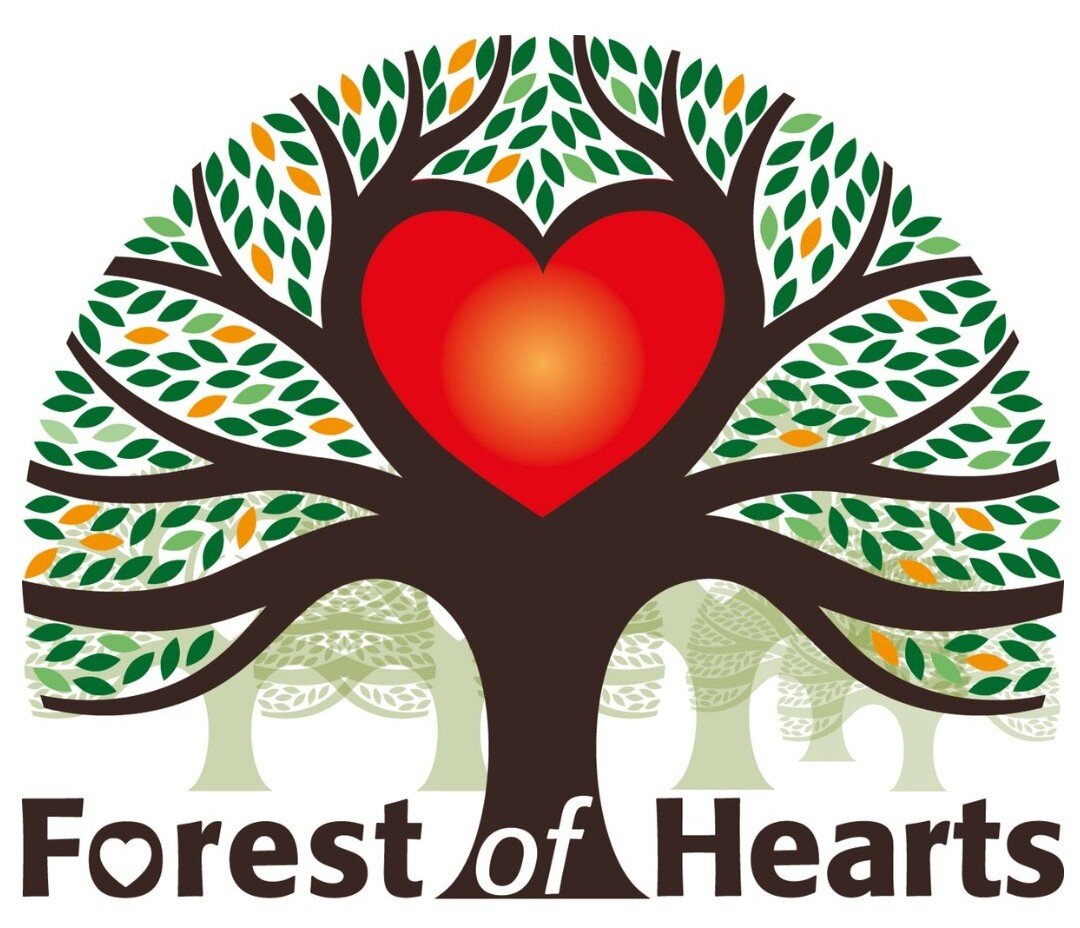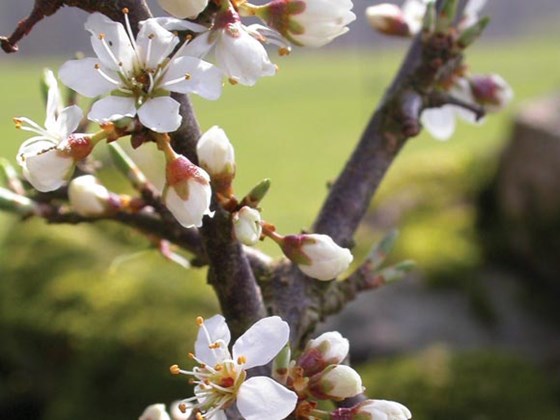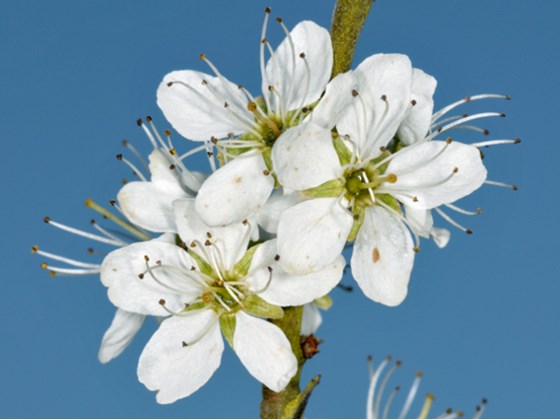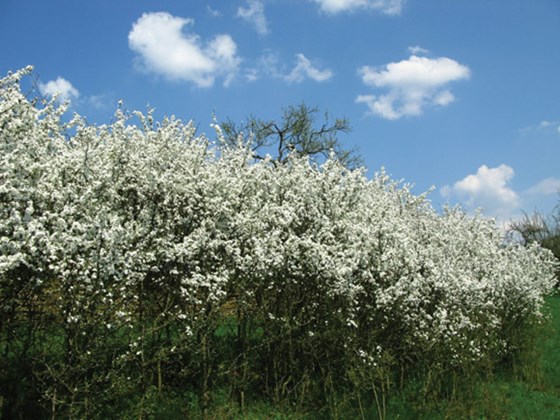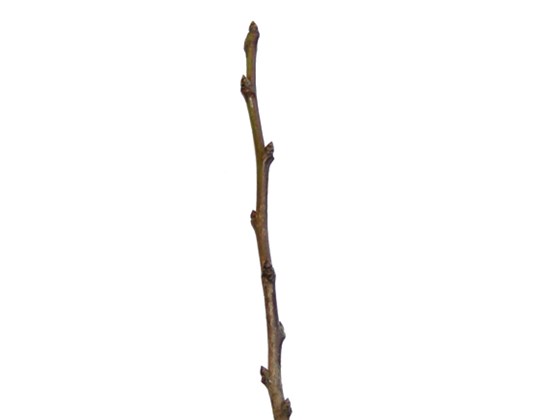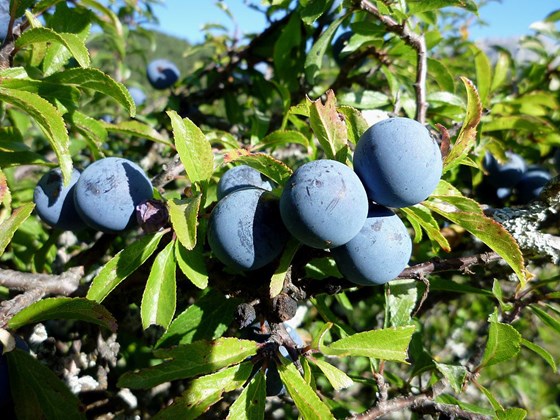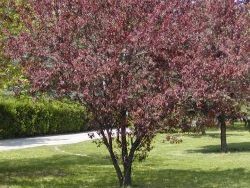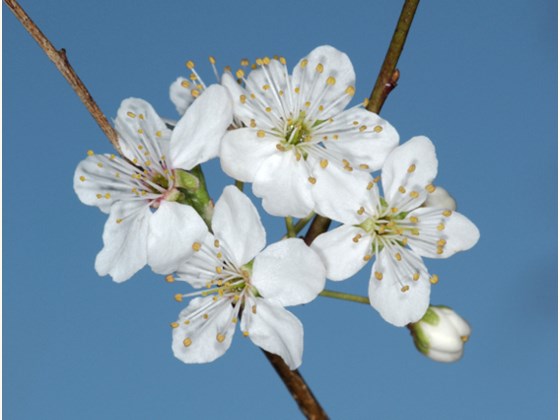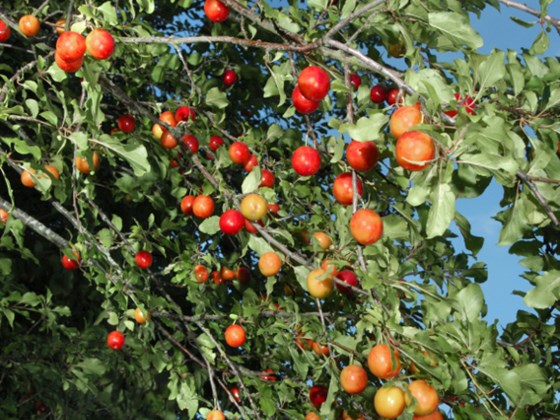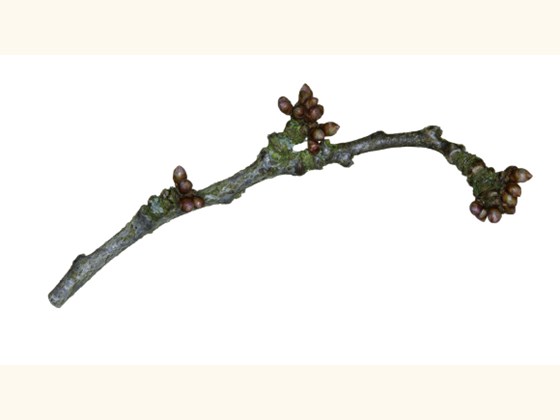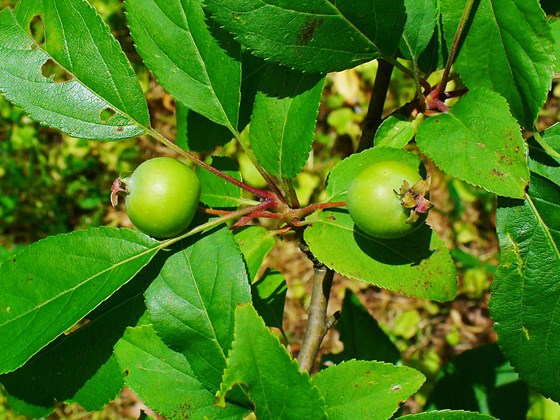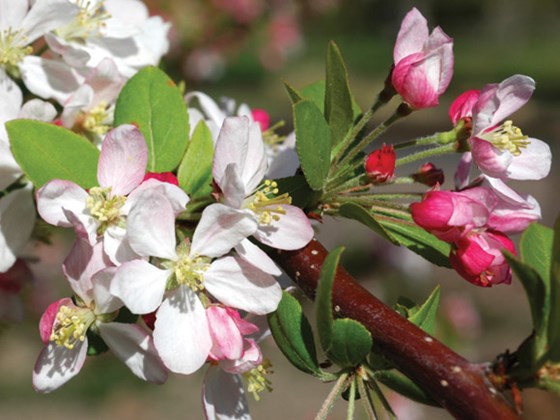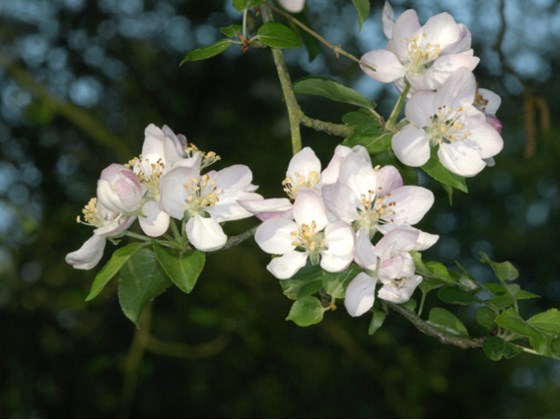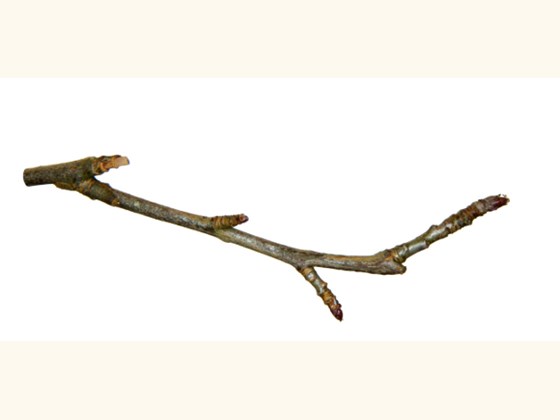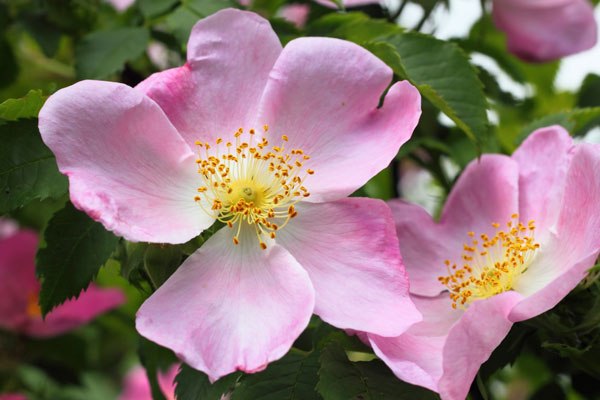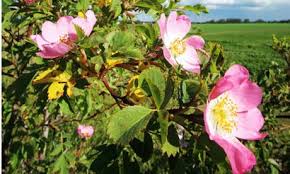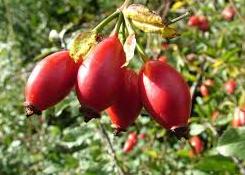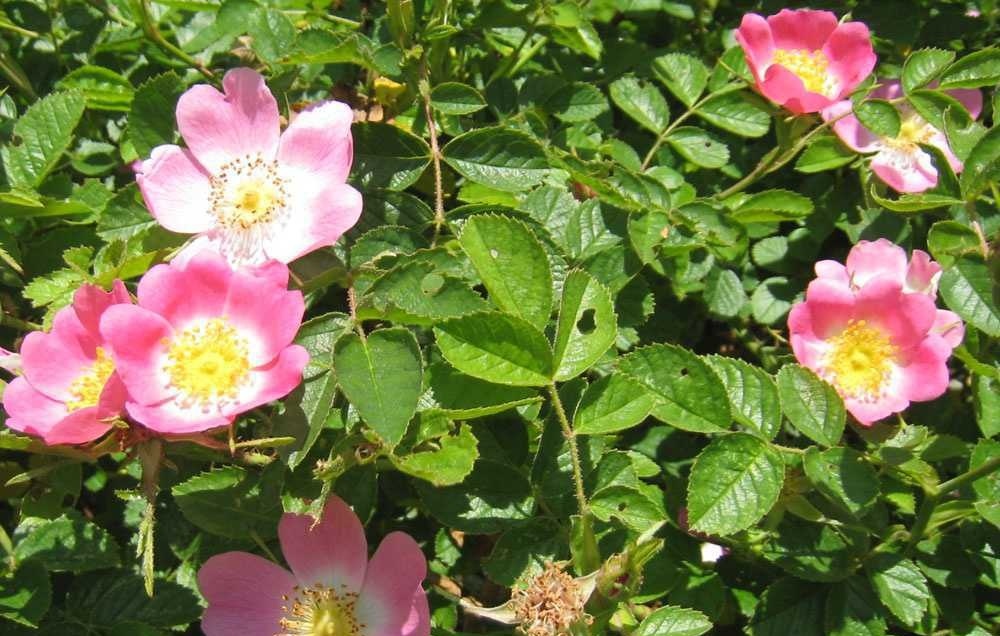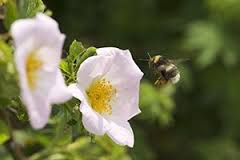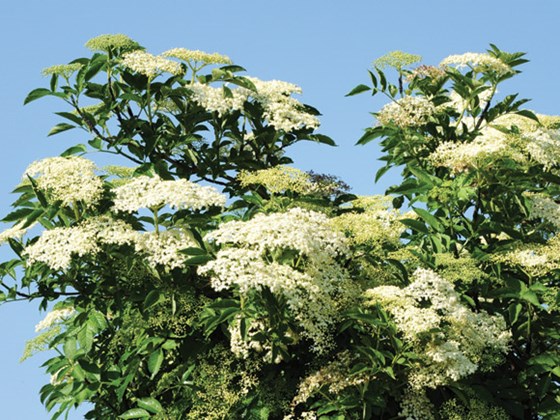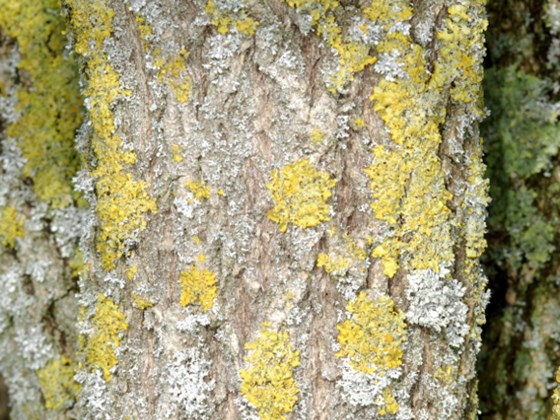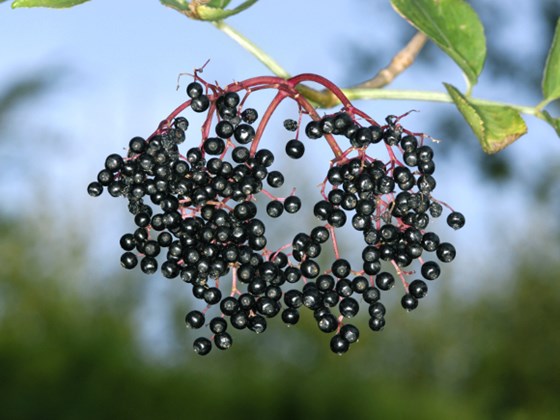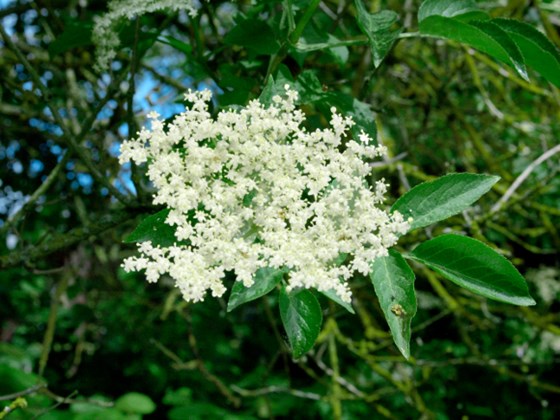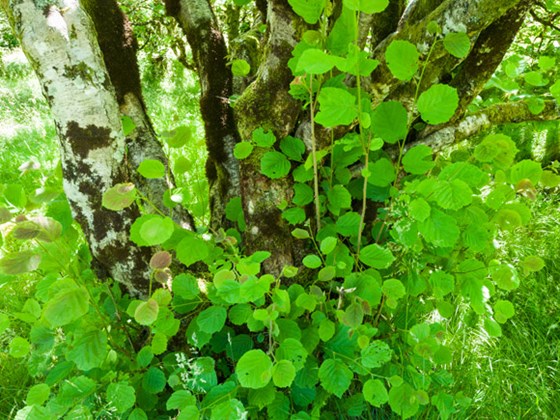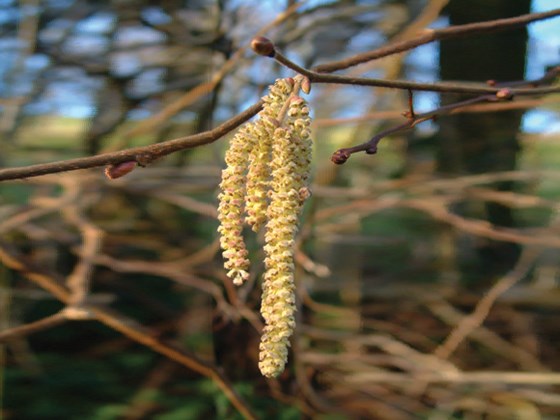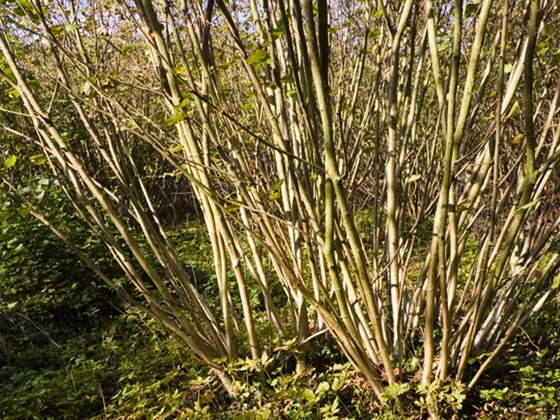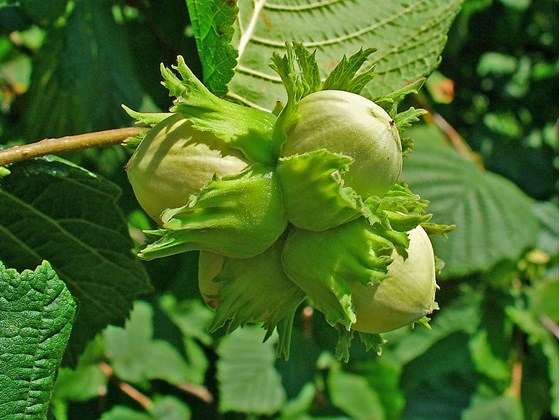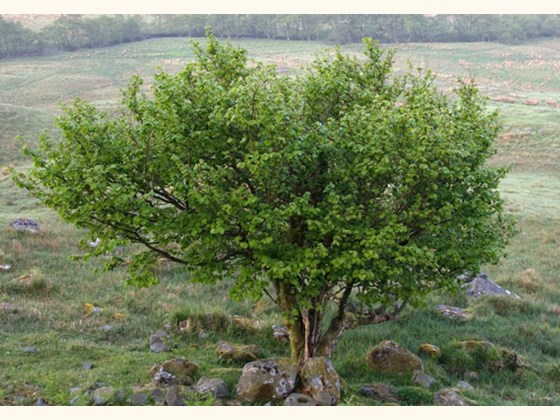Fruit tree guilds
The Hideaway will support over 100 fruit tree guilds, where several layers of edible plants, shrubs and climbers will coexist in a mutually beneficial environment under a fruit tree. One of the main aims of creating fruit tree guilds within our forest garden is to create a “No-Dig” sustainable way to grow perennial vegetables and plants which require little or no maintenance. Based on permaculture growing methods, these guilds can be sponsored and created by individuals, groups, families and companies.
What is a fruit tree guild?
A fruit tree guild is a system of efficiently grouping different plants together in order to use everything to its fullest potential. In other words, any group of edible plants that are working together to a common goal.
WHY FRUIT TREE GUILDS?
A key aim of the forest garden is to test out and create a variety of guilds with different mixes of planting to see which perform best. This will in turn be used to inform researchers from a local university about what constitutes an effective fruit tree guild. We are inspired by Robert Hart’s vision of “Having 1000’s of forest gardens in England” We believe that this may help to inform house builders of the value of good design for gardens combined with planting for purpose and pleasure. Our Fruit Tree Guilds are available for sponsorship at only £1000 per garden. Contact us now for more information. You will be able to come along and pick the fruits from your Fruit Tree Guild at any time.
